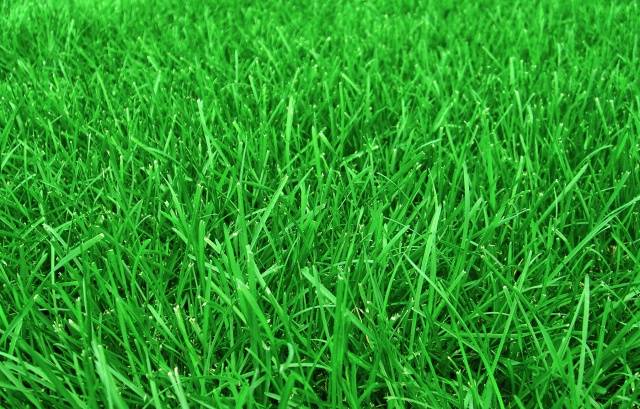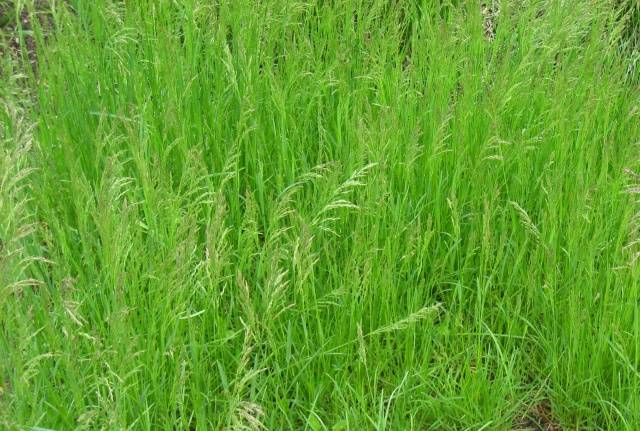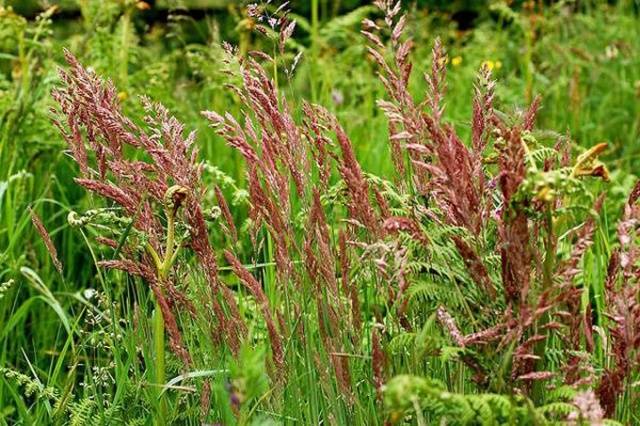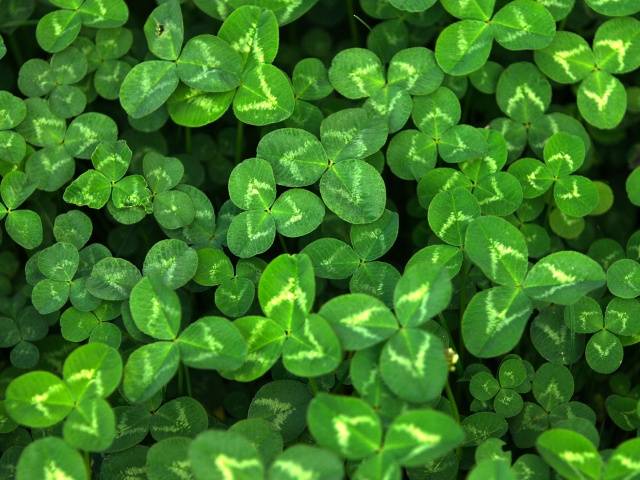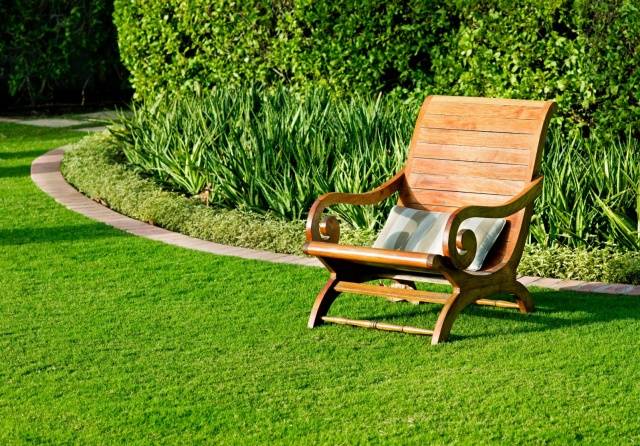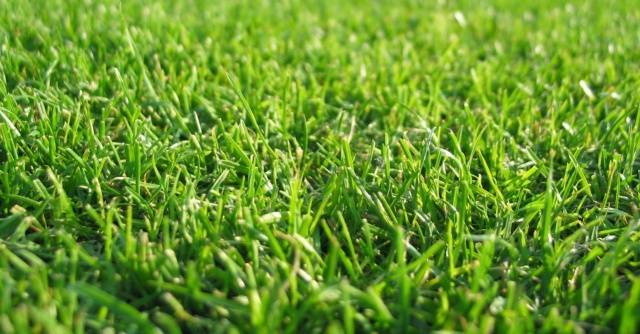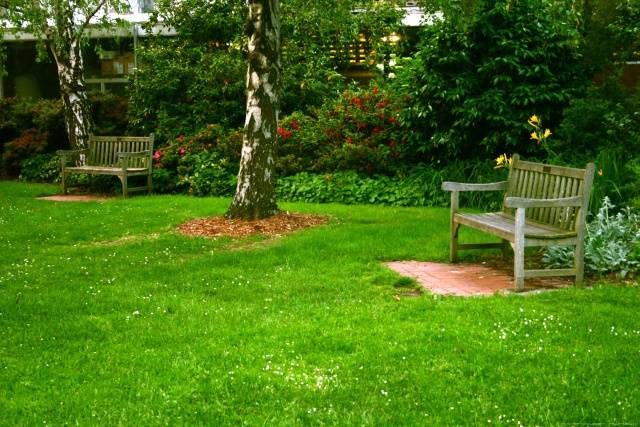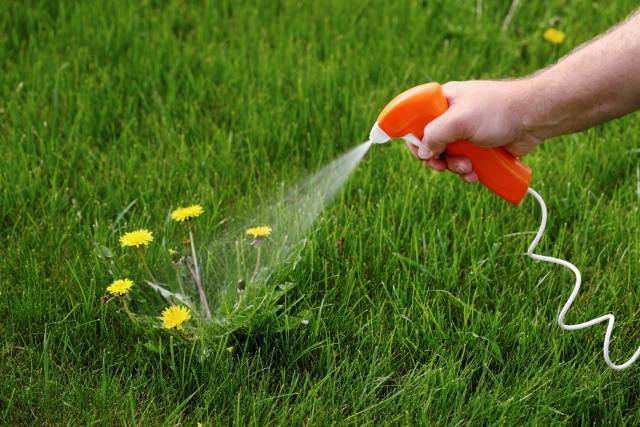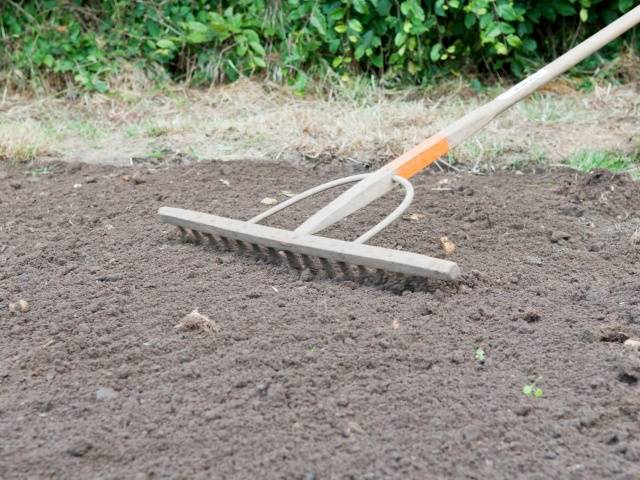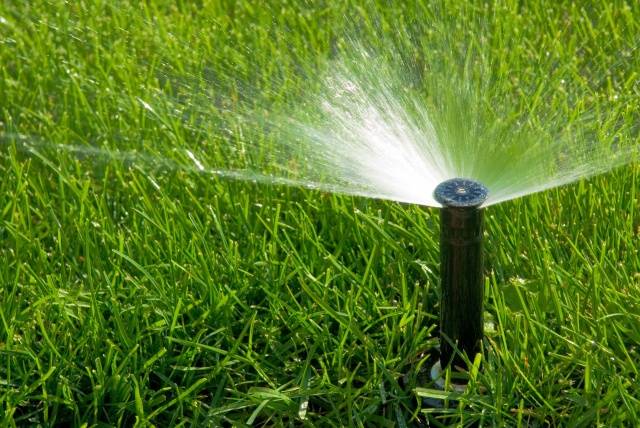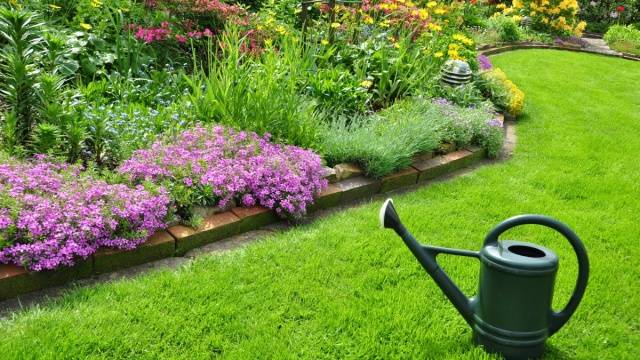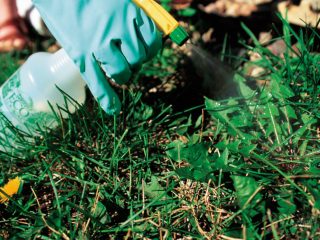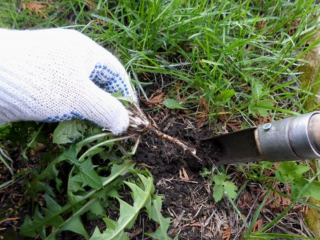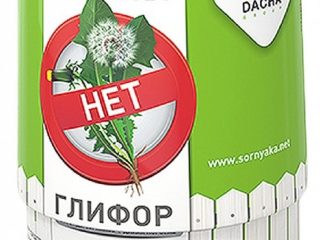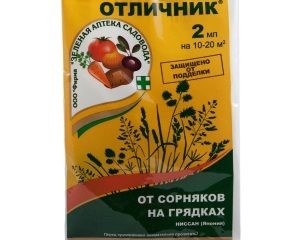Content
Lawn care is a labor-intensive process. One of the stages of care is the elimination weed, which violate the integrity of the vegetation cover. Therefore, when choosing a landscaping method, you need to know which lawn grass displaces weeds.
Choosing grass for the lawn
When choosing lawn grass that can cope with weeds, the following characteristics are taken into account:
- short stature, which simplifies plant care;
- resistance to trampling;
- ability to grow during drought;
- planting density.
Lawn grass is not able to completely eliminate weeds from a site. It does not have herbicidal properties that have a detrimental effect on other plants.
As the plant rhizomes grow, they will clog the soil surface. As a result, a dense interweaving of plant roots and stems is formed. Due to this, weeds cannot break through the resulting layer.
If weed seeds are carried by the wind, they will not be able to reach the soil layer. Therefore, weeds will not grow on properly selected lawn grass.
Main varieties
The following lawn plants have the ability to crowd out weeds:
- Meadow bluegrass. An early plant that begins to grow immediately after the snow melts.Bluegrass quickly forms a lawn and is resistant to trampling, spring frosts, winter frosts and wind. There are several varieties of bluegrass that remain viable for 10 years. Its universal varieties are Compact, Koniya and Dolphin.
- Polevitsa. A short lawn grass that displaces weeds and grows quickly to form a dense cover. The plant is not picky about the composition of the soil, however, it prefers sunny areas. In the first year after planting, the bentgrass is thoroughly watered. It is recommended to mow a bentgrass lawn 4 times per season.
- Red fescue. This plant can grow even on poor soils and in arid climates. Fescue can be planted in the shade. Plants tolerate winter frosts well. Due to the strong root system, the plant forms durable turf. The depth of root penetration is up to 20 cm, which eliminates the germination of weeds.
- Ryegrass. This perennial herbaceous plant forms a lawn in warm climates. If you plant ryegrass, the area will remain green until November. The plant is resistant to trampling and is not susceptible to diseases. Its disadvantage is the high probability of freezing in winter. The life cycle of ryegrass is 7 years.
- Microclover. A new variety of clover, which is distinguished by small leaves. The height of the plant does not exceed 5 cm. After planting, microclover does not require special care; it is enough to water it in moderate quantities. Plants tolerate any impact and climatic conditions. Microclover is considered an invasive plant that fills empty areas and kills weeds.
Ready mixes
To create a lawn, you can use ready-made seed mixtures, selected as necessary to get rid of weeds:
- Canada green. A seed mixture that can be planted in the northern region. This includes plants that can withstand low temperatures and displace weeds from the site (ryegrass and several types of fescue). Lawn made from a Canada-green mixture is resistant to aggressive influences. Such lawns often grew in urban environments. The growth of herbs begins 10 days after planting.
- Ornamental. The mixture allows you to create a decorative plant cover suitable for sunny and shady areas. This type of lawn is characterized by its unpretentiousness to climate changes and soil composition. The mixture rises quickly and fills the designated area. The main components of the Ornamental mixture are fescue, ryegrass and bluegrass.
- Sunshine. A weed-killing lawn grass designed specifically for dry regions. Plants are selected in such a way as to ensure the lawn's resistance to wear, cold and drought. Under favorable conditions, the first shoots appear a week after planting.
- Dwarf. As the name suggests, it is a low lawn consisting of bluegrass, meadow grass and red fescue. Plants are suitable for planting in temperate and cold climates. The lawn is characterized by slow germination, resistance to trampling and winter frosts.
- Lilliputian - another type of low-growing lawn. Due to the slow growth of grasses, the lawn begins to be mowed only in the second year. If you plant such a mixture, the plants will need watering twice a week and treatment for diseases.
- Cottage. When germinated, such a lawn forms a dense carpet that is resistant to stress and destroys weeds. The plants have high winter hardiness and prevent the germination of weeds. Due to its slow growth, the coating requires minimal maintenance.
- Robustic. This mixture is created for a durable coating that is unpretentious to external conditions. The plants included in the mixture are resistant to cold weather, germinate quickly and are able to grow in the shade. Shoots appear a week after planting the grass.
- Dacha. Lawn grass that displaces weeds, selected for landscaping summer cottages, children's and playgrounds. The coating can withstand prolonged drought, winter frosts and spring cold snaps. Germination of plants is up to 2 weeks.
Site preparation
Before planting grass for your lawn, you need to prepare the area. Markings are made on it, after which the weed roots are removed. The procedure is repeated several times every two weeks. Then the ground needs to be leveled.
Treatment with herbicides, chemicals aimed at killing certain plants, will help prevent the spread of weeds. It is best to use herbicides in the spring on young seedlings.
The lawn is treated with the following types of herbicides:
- Continuous action. Such drugs destroy all types of vegetation on the lawn. They are applied to the leaves of plants, which gradually dry out. The effect of such substances extends to both the above-ground part and the root system. The most effective continuous action herbicides are “Agrokiller” and “Tornado».
- Selective influence. These substances affect only certain types of grass and do not harm garden crops and lawn grass.
Soil preparation
The next step is preparing the soil for the lawn:
- clay soil is fertilized with vermicompost or humus;
- lime is used to reduce soil acidity;
- In the spring, nitrogen fertilizer is applied, allowing the plants to increase their green mass;
- in autumn, compositions based on phosphorus and potassium are used;
- after applying fertilizers, the soil is loosened, its surface leveled and watered;
- The soil is thoroughly compacted using a heavy roller.
After carrying out the necessary procedures, the soil under the lawn should be left for a week. During this period, soil shrinkage will occur. Sprouting weeds must be eliminated.
Planting a lawn
Lawn grass is planted from May to September. The optimal time for planting is spring or autumn. If work is carried out in the autumn, then seedlings should appear before the first cold snap. This process takes 4 to 6 weeks.
You can plant lawn grass by scattering seeds. Up to 40 g of seeds are required per square meter of plot. A special seeder will help ensure uniform sowing.
After planting, the soil is leveled with a rake and a peat mixture up to 1.5 cm thick is poured. The final step is to use a roller to better press the seeds.
Lawn care
Proper lawn care will help you avoid weed germination:
- Regular trimming will weaken the weeds and prevent them from blooming. The first procedure is carried out one and a half months after the grass germinates, when its height reaches 8 cm.Mowing the plant cover every 2 weeks will increase its density and prevent weeds from germinating.
- Perennial weeds that clog the lawn are removed manually along with the root system. It is best to carry out treatment after rain or watering, when the soil becomes loose and moist.
- For watering, a fine spray is used. Moisture should penetrate to a depth of 15 cm or more.
Conclusion
Which lawn to choose for landscaping depends on the climatic conditions of the region. Most plants used for planting can withstand cold snaps, winter frosts, and are resistant to external influences. When these types of grass grow, they fill the available space and do not allow weeds to grow. Proper lawn care will help prevent the spread of weeds.
